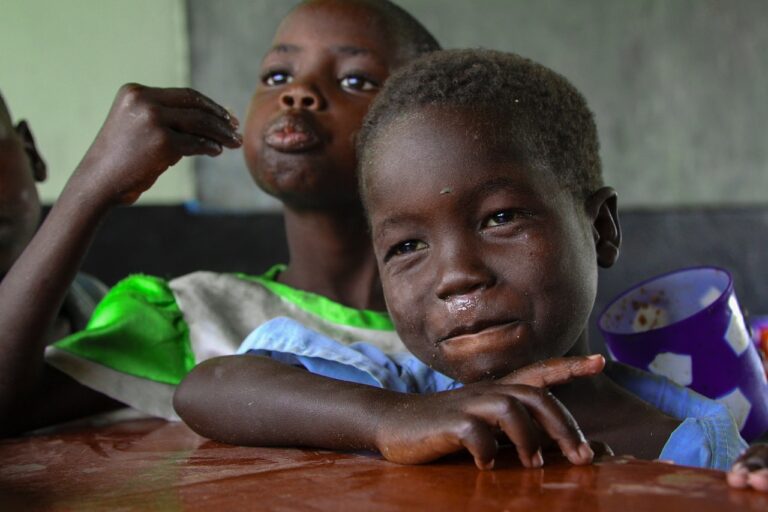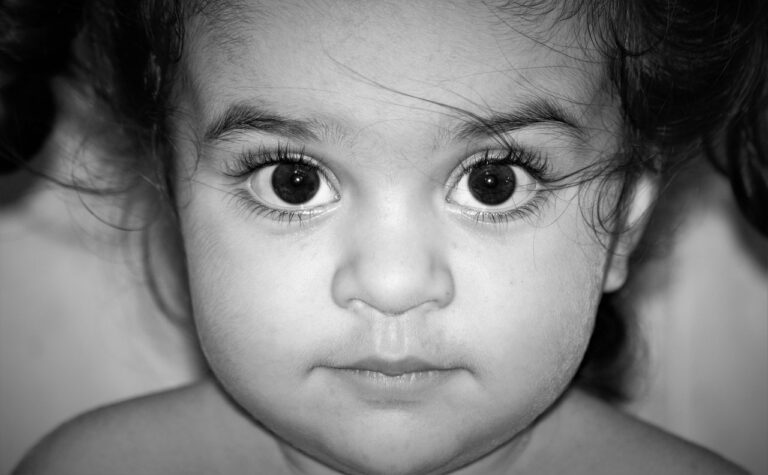Addressing the Impact of School Closures on Student Mental Health
School closures have presented students with a myriad of challenges that have disrupted their academic journey. The sudden transition to remote learning has posed difficulties in adapting to new technologies and communication methods, leading to feelings of confusion and frustration among many students. The lack of face-to-face interaction with teachers and peers has also hindered students’ ability to ask questions, seek clarification, and collaborate effectively on assignments.
Moreover, the closure of schools has exacerbated existing inequalities among students, with disparities in access to resources such as internet connectivity and devices for online learning becoming more pronounced. Many students from disadvantaged backgrounds are struggling to keep up with their peers, further widening the academic achievement gap. The isolation from the school environment has also impacted students’ mental health, as the social support and structure provided by schools are crucial for their overall well-being.
The Increase in Feelings of Isolation and Loneliness
With the sudden shift to remote learning and limited social interactions, many students have found themselves grappling with heightened feelings of isolation and loneliness. The absence of face-to-face interactions with peers and educators has led to a sense of disconnection and longing for the camaraderie that school environments typically provide. As students spend more time in solitude, the lack of physical presence and emotional support has exacerbated their feelings of isolation.
Moreover, the reliance on virtual communication platforms has presented its own set of challenges in fostering meaningful connections. Despite attempts to engage in online discussions and virtual group activities, the screen-mediated interactions often fall short in replacing the depth and authenticity of in-person connections. This technological barrier has contributed to a growing sense of detachment and loneliness among students, further magnifying the emotional toll of prolonged isolation.
Why have students been facing challenges during school closures?
Students have been facing challenges during school closures due to the lack of social interaction, support from teachers, and access to resources.
How has the increase in isolation and loneliness affected students?
The increase in isolation and loneliness has had a negative impact on students’ mental health, academic performance, and overall well-being.
What are some ways to combat feelings of isolation and loneliness during school closures?
Some ways to combat feelings of isolation and loneliness during school closures include staying connected with friends and family online, participating in virtual activities, maintaining a routine, and seeking support from counselors or mental health professionals.
How can parents and educators help students cope with feelings of isolation and loneliness?
Parents and educators can help students cope with feelings of isolation and loneliness by creating a supportive and nurturing environment, encouraging open communication, checking in regularly, and providing resources for mental health support.
Are there any long-term consequences of prolonged feelings of isolation and loneliness in students?
Yes, prolonged feelings of isolation and loneliness in students can lead to long-term mental health issues such as depression, anxiety, and low self-esteem. It can also affect their social skills and overall development.





